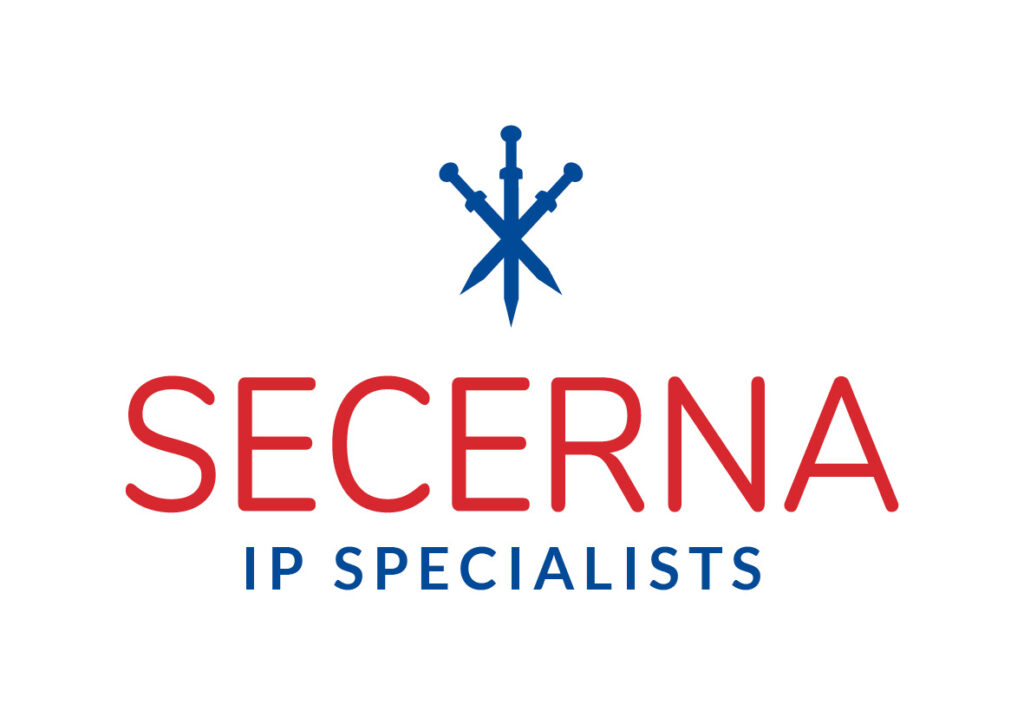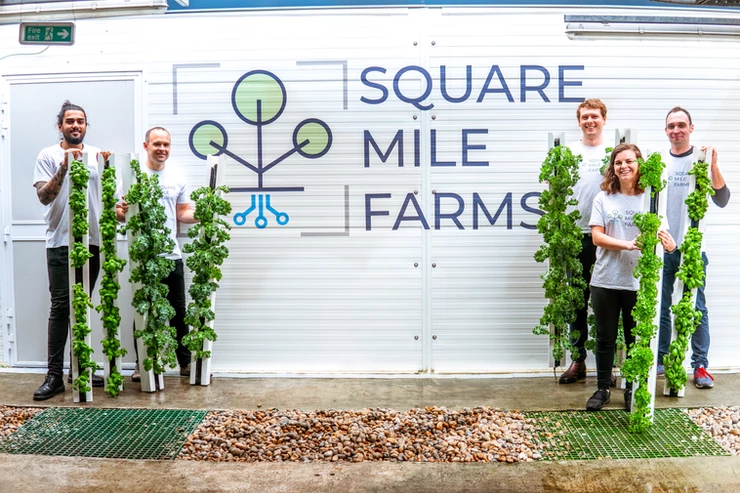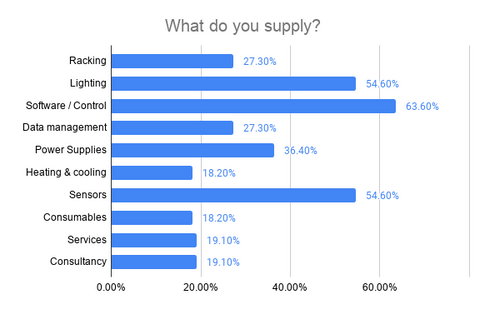What is IP in AgriTech?
Intellectual Property (IP) broadly refers to the creations of the mind. IP rights are crucial for any business, especially in sectors like Controlled Environmental Agriculture (CEA) and vertical farming, as they offer both protection and competitive advantage when an idea is developed to form the basis of a product or service with commercial potential. IP rights help secure the innovative aspects of an organisation’s technology, which can differentiate it from competitors, attract investment, and pave the way for potential revenue streams through licensing- all facilitating the journey to market.
In CEA and vertical farming, IP can exist in a variety of areas, for example:
- growing systems, e.g., configuration of growth trays or other supports.
- the delivery of fluids and/or nutrients.
- the development of growth media.
- the development of lighting, sensor or ventilation systems.
- optimisation of other growth parameters such as temperature, humidity, or CO2.
- semi-automated harvesting systems of resultant crops.

How to build a strong IP Portfolio
To build a strong intellectual property (IP) portfolio, the first step is to identify what makes your systems unique, especially if it gives you an advantage over your competitors. Next, you’ll need to determine the best way to leverage or exploit your IP to secure your market position. In some situations, this can be done through registered forms of IP, like patents or designs. If you go this route, it’s important to establish clear ownership agreements from the beginning, especially when collaborating with other parties.
In other situations, protecting information as trade secrets might be most effective. This involves taking active steps to ensure confidentiality within your organisation, such as implementing non-disclosure agreements and strengthening your cybersecurity measures.
In practice, effective IP portfolios often combine various approaches, utilising both registered and non-registered rights to maximise protection.
Why are IP rights important for startups?
Having an effective IP strategy can help agri-tech startups in various ways:
- Investors are more likely to invest in startups that have strong IP portfolios. This is because IP rights can reduce the risk of investment by providing startups with a competitive advantage and making them more attractive to potential acquirers. Potential investors may scrutinise the strength of any patent rights, so portfolios need to hold up to such due diligence.
- IP rights can help startups protect their products and services from being copied by competitors. This can give startups a significant advantage in the market and allow them to charge higher prices for their offerings.
- Some types of IP, such as patents, can be monetised through licensing agreements, enabling companies to generate revenue streams by granting others the right to use their patented technology.
- Patents can be filed in multiple jurisdictions, allowing companies to protect (and/or license) their inventions in key markets worldwide. A global patent portfolio provides territorial exclusivity and facilitates market expansion into new regions or countries.
- In some situations, IP such as patents may be used to reduce corporation tax. For example, the Patent Box scheme in the UK allows qualifying companies to benefit from a reduced corporate tax rate on profits derived from patented inventions. Similar provisions may also apply in other countries.
- Startups with strong IP assets tend to have higher valuations. This is because investors are willing to pay more for startups that have a competitive advantage and are less likely to be disrupted by new entrants to the market.

Timing is Key
When it comes to filing IP, timing is crucial. Registered forms of IP, like trademarks (for brands), designs (for product appearance), and patents (for technical inventions), need to be filed at the right time. The best moment to register depends on your company’s stage and the product or service under development.
In CEA and vertical farming, you might consider filing a patent once a working prototype system is developed (or further optimised) or positive results are available from growth trials. To patent an invention, it first needs to be novel compared to existing systems (known as “prior art”). This often requires searching through existing patents and research to find key differences in your innovation.
If a patent application is of potential interest, it should be filed before any public disclosure of the invention. In other words, showing the product or service at conferences, publications in scientific journals or even trade shows should be avoided. In regions like Europe, public disclosure can jeopardise the novelty of the invention.
Once you establish that there may be novelty, it should then be further considered how the invention is non-obvious over the existing systems and/or methods. One example of this is if the growing system is configured in a way which is not taught or suggested by the prior art, an inventive step could potentially be established at the patent office, especially if the new configuration leads to any unexpected characteristics as compared to the prior art. For example, any comparative data showing improved yield, space or energy efficiency of the system, compared to the prior art, may be helpful in establishing an inventive step worthy of a patent.
Freedom to Operate (FTO)
A patent is a negative right, so even if it can be established that any invention is novel and inventive over any earlier (active) third-party patent rights, this does not mean there is FTO if the invention still falls within the scope of any such earlier claims.
Going forward, it may therefore be useful for companies to monitor the patent landscape and competitive activities in their field to stay informed about emerging technologies, potential infringements, and litigation risks. Monitoring competitors’ patent filings and enforcement actions can inform strategic decisions and help protect the company’s market position.

Next Steps
To ensure your innovations are well-protected, consider seeking expert advice on how to create a customised IP strategy that fits your goals, helps you stay ahead in this evolving industry and increases your chances of long-term success.
by Huw Jenkins, for and on behalf of Secerna LLP
If you wish to increase your understanding of how to protect your organisation’s IP, get in touch with Huw and his team at HJenkins@secerna.com.
Secerna LLP is a firm of Chartered and European Patent and Trade Mark Attorneys





